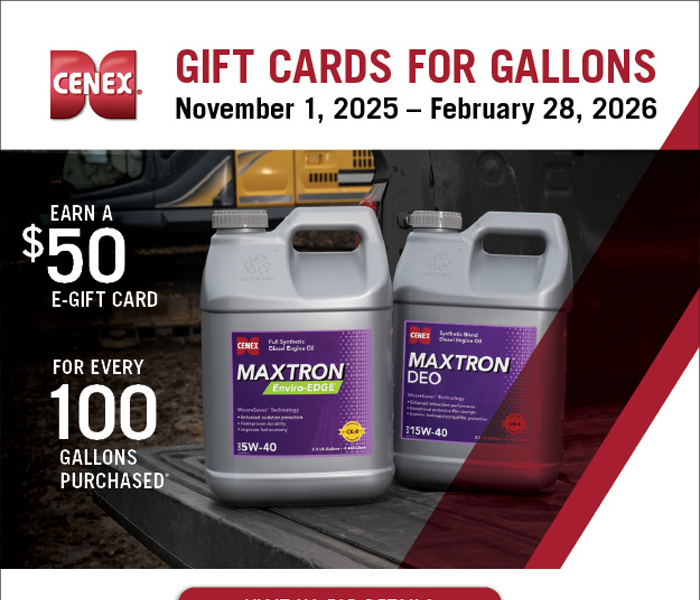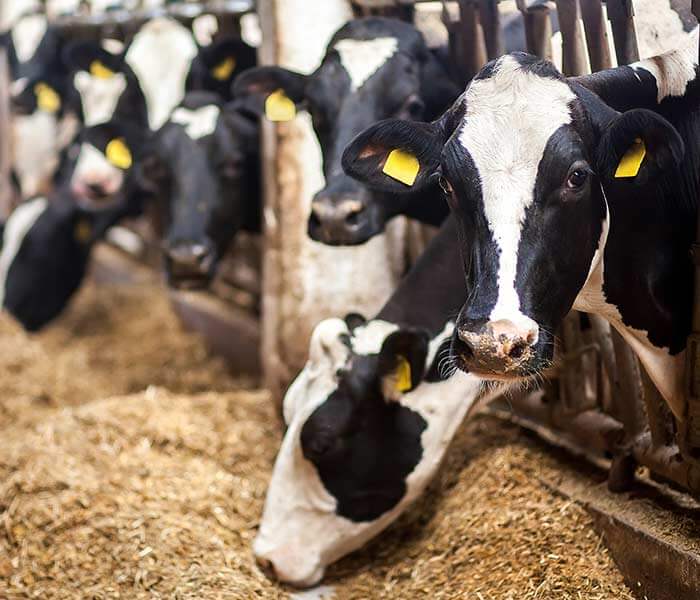Premier Co-op

December Energy News
I hope you were able to enjoy Thanksgiving with family and friends. And I hope you’ve recovered from your food coma. For the 10 of you (including my mom) who read my newslett...

As producers continue to look for ways to save out–of–pocket feed cost, more attention has been given to a new technology: high oleic soybeans. To the dairy cow, these genetically modified beans provide the same benefits as standard roasted beans in that they are a great protein and energy source. The biggest nutritional difference between the two is that high oleic beans may be fed at a higher inclusion rate without sacrificing the butterfat premium.
The demand for the oil from oleic soybeans was recognized by the human food industry as a healthy alternative to saturated fatty acids. In this case, producing high oleic beans makes sense since the percentage of oleic acid is about 75 percent, while standard soybeans contain about 23 percent oleic acid. These oils can be found in common items we consume such as frying oil, potato chips and more.
Carrying over to the dairy industry, the change in fatty acid profile is also beneficial to the cow as she works to produce butterfat. When balancing fatty acids in a dairy diet, it is important to keep an eye on the amount of each being fed. Linoleic fatty acid, for example, will cause butterfat depression. A standard soybean will have roughly 55 percent linoleic acid (18:2) and 22 percent oleic (18:1), while the high oleic soybeans have about 7 percent linoleic and 75 percent oleic. Now, we can get the same benefits of a standard roasted soybean, but not have the risk of depressing butterfat percent, as shown in a 2019 study performed by Bomberger et al.
Studies have been conducted to get a handle on how many pounds of high oleic beans can or should be fed. Rates have included 0, 8, 16 or 24% of diet dry matter as roasted and ground high oleic beans. As soybean meal and soybean hulls were replaced with high oleic soybeans, energy corrected milk increased linearly (Bales and Lock et al.). Talk with your nutrition consultant about the many factors that will determine how many pounds your herd should be fed.
As you consider this alternative, some obstacles to consider include:
1) Roasting & Processing: Proper roasting of high oleic soybeans is still recommended along with grinding or quartering to achieve maximum digestibility. While some local suppliers can roast beans, there is the option to hire a portable roaster. It is important in this case to monitor the quality of roasting. Talk with your Premier nutritionist about tests you can send to the lab to ensure roasting is done correctly.
2) Storage:This should also be a consideration as many mills are not currently equipped with separate storage for the product.
3) Agronomic: At the current time, the Enlist trait is unavailable for high oleic beans. Pressure from weeds like water hemp, giant ragweed, lambsquarters, marestail (and many more) will pose a threat to the performance of the bean in the field.
4) Crop Rotation Planning: Discuss with your team of consultants if this is a practical crop to implement in your rotation. Can you afford to take away corn or hay acres? Do you have fields that have been corn on corn and could use a break?
Each operation is different, and we must consider the challenges. Work with your trusted team of Premier consultants to determine if high oleic soybeans are a fit for you and how that might look from the ROI perspective.
